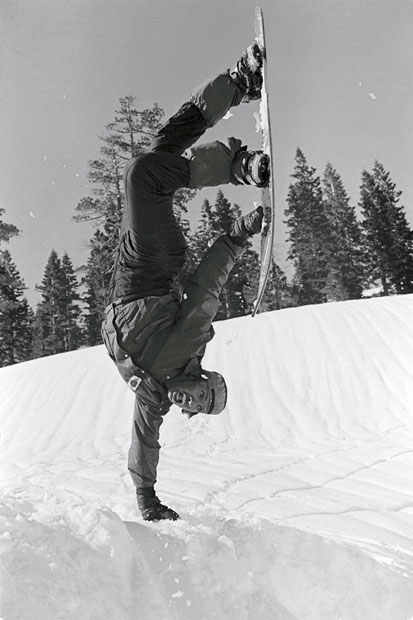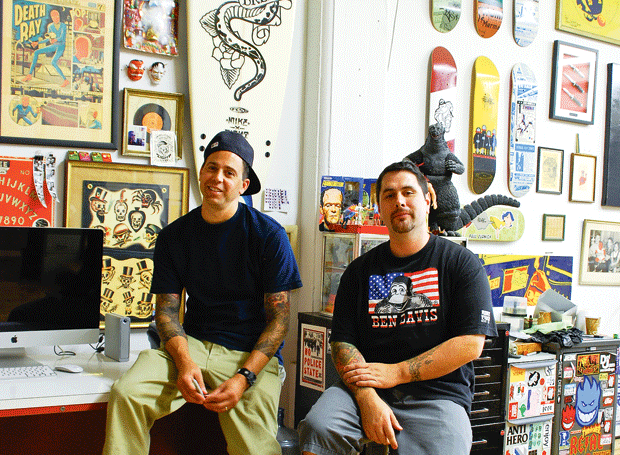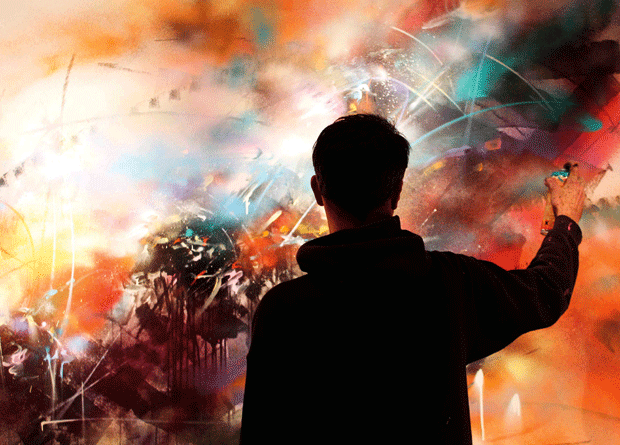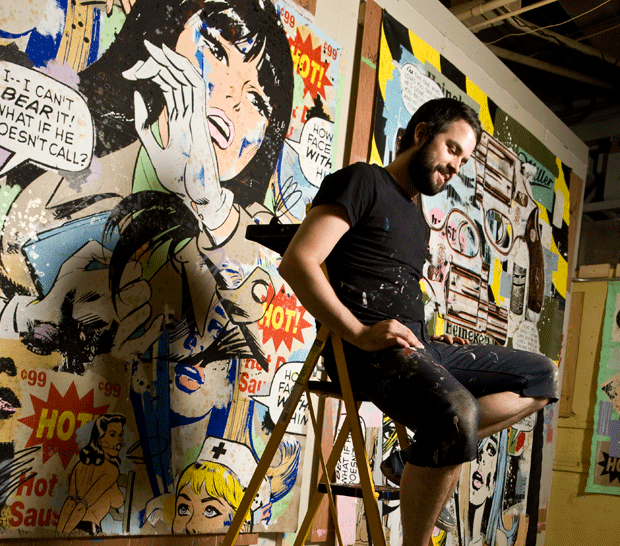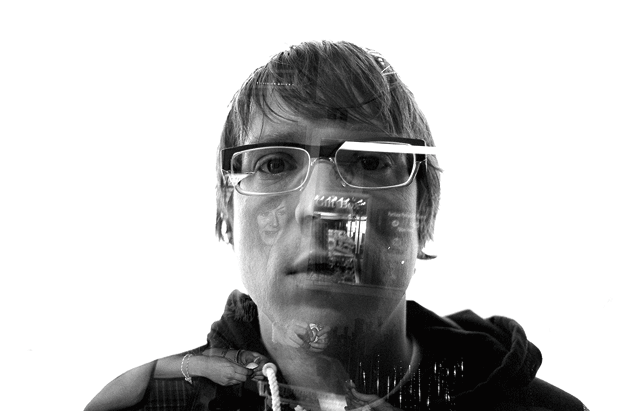Taken from Whitelines Issue 93 December 2010
Words: Christian Öfner Photos: Lorenz Holder
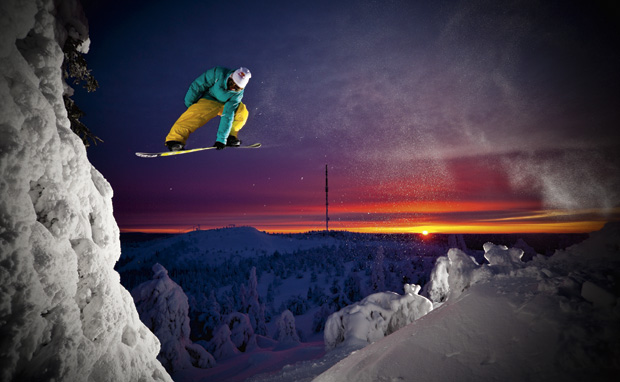
For those of us in the northern hemisphere, the 21st December marks the shortest day of the year. And the further north you go, the shorter – and stranger – that day becomes. Christian Öfner took a crew of snowboarders to the Finnish resort of Ruka, on the edge of the Arctic Circle, to experience the ultimate midwinter shred.
We’ve just landed on the frosty tarmac of Kussamo, Finland. As we taxi to the terminal, I squeeze my face against the Perspex window and peer out into the darkness. It’s 5pm, and the sky above this tiny regional airport is already pitch black. Stepping out onto the mobile staircase, I catch my breath. The walk from our small Boeing to the baggage claim area is not far, but it’s long enough to realize how freaking cold it is right now. Every step is accompanied by a loud crack as I put my foot through an icy crust of snow. My jeans feel stiff and cold against my skin. A nearby sign reads minus 20°C. We might have done our research, but the cold and the dark still come as a shock. It’s our own fault, of course. If you want to experience the longest night of the year at the edge of the Arctic Circle, what else should you expect?
December 21st,, as most people know, is the winter solstice. On this day of the year, the Sun is at its furthest point from the northern hemisphere and occupies its lowest position in the sky. This means it’s the shortest day – and the longest night – of the year. Near the Arctic Circle, this time is called ‘Kaamos’ – polar night. Up here in the far north, the sun’s orbit is so low that it barely breaks free of the horizon. Only at noon does a bright fireball become visible, briefly lighting up the scenery before dipping back beneath the earth. After just a couple of hours, all is pitch-black again.

Together with Marco Smolla, Tobi Strauss, David Bertschinger and photographer Lorenz Holder, I hop on a local bus from the airport to Ruka, a small ski resort and the base camp for our trip. Looking outside at the passing scenery, it’s obvious today’s freezing conditions are nothing unusual. Every inch of the landscape is covered with a thick layer of snow. It’s not going to melt up here, after all. Ruka is not far, and we soon spot the yellow glow of a town about 20 miles away. It’s an exciting moment – after all the time spent planning this trip, the finishing line is in sight. We try to gauge the resort’s size from the twinkling lights. It certainly isn’t the biggest mountain – more like a hill. Today the lifts will be running untll 7pm, which is still not quite late enough for us, so we concentrate on finding our ‘ski in, ski out’ apartments. We’re told they’re in walking distance, but we somehow manage to get lost (the order of the apartments is O, P, A, B, Q, R – go figure!). On the plus side, at least get to see the whole place, and with cold thighs and shivering knees we find about ten street spots to hit up in the next few days. A couple of hours later – while the rest of us are already asleep – Anton Gunnarsson and filmer Mikael Norrman arrive. They drove all the way from Umeå in Sweden to Ruka, a ten-hour mission. The crew is finally complete.
The next morning the alarm wakes us up bright and early at 7am – a schoolboy error, since dawn is still several hours away. Darkness shines through the windows of our apartment as the whole crew hectically unpacks their boardbags and prepares down jackets. We want to be ready as soon as the resort opens. Little do we realize this is not going to happen before 9.30. Everyone is suited and booted well before the first glimmer of light appears on the horizon.
We decide to start with some laps of the pistes to get an overall impression of the resort. A mere 600 metres (feet?) difference in altitude means this doesn’t take us very long. Ruka is a small hill with two ‘peaks’ which offer 19 lifts and 29 slopes. Despite its size the place packs a lot in, and there are runs for everybody – from flat beginner slopes to steep expert lines that could compete with most resorts in central Europe. The downside? Runs here don’t last longer than a minute, maybe two – if you take your time and use every little bump and hit.
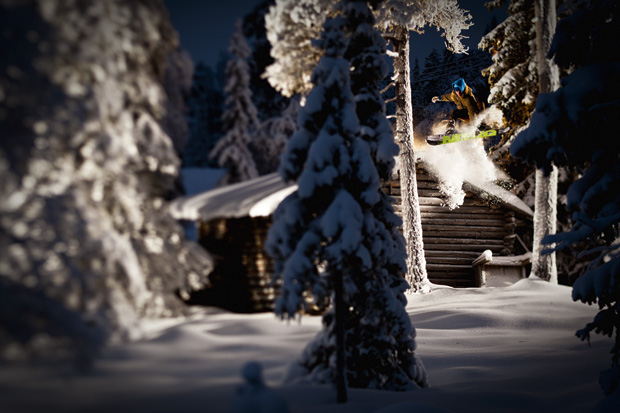
Although it’s just mid-December, and most towns in the Alps are still gearing up for the winter ahead, pre-season up here ended a long time ago. Thanks to super cold temperatures and its artificial snowmaking systems, Ruka’s season lasts from the end of September right through till June. The kind of year-round skiing usually only possible on glaciers or mountains above 10,000 feet happens here in Lapland at no more than 1,600 feet. Reaching the park, we realize why the snow lasts so long: it’s rock solid. The jumps are not made of ice but packed snow – harder than anything we’ve ever seen before. It’s like steel. You certainly wouldn’t want to risk slamming on it, and when the park is finished a couple of days later we witness the kind of session that’s only possible in Finland. Rookies and pros alike hit the jumps and – whether they fuck up in the air or not – they all land on their feet. We watch the session for more than two hours, and not a single person even touches the ground with their hands.
The ‘Battery Park’ in Ruka is in fact one of the better parks in Europe, but it’s not the reason we came all the way up here; we came to experience the beautiful light and magical atmosphere of the polar winter. And right now, we’ve found it. Dawn creeps slowly across the hillside, illuminating the park and trees in delicate shades of pink, purple, red, orange and yellow. It lasts a good two hours, from 9.30 until 11.30, and after only a brief period of daylight, it is replaced by a prolonged sunset from 1 until 3. The constantly shifting light is fascinating, and from dawn till dusk on each short day of the trip everyone in the crew has their camera out, trying to capture the subtly changing colours in the sky. Later, on the flight home, we check our pictures again and realize they all look like cheesy postcards. The arctic light really is the stuff of love songs, and we leave Ruka with hard drives full of photos.
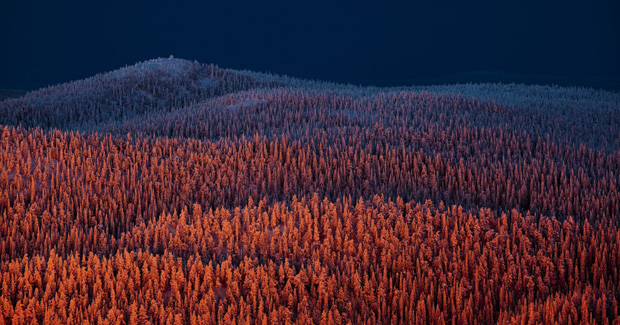
Darkness is not the only theme of our trip. Snow cannons churn a constant veil of mist across the slopes, and a relentless wind whirls up the fresh crystals into the eerie glow of the floodlights, so that a twinkling bubble sits over the whole town. The floodlights run day and night, 24/7 – a bright contrast in the dim landscape.
Wind, artificial snow and the freezing Lapland climate all mean our choice of spots is further expanded. The ice-cold snow accumulates on the fir trees, building up into weird, awe-inspiring dinosaurs. The ‘Tykky’ (for that’s what Finns call this phenomenon) attract us back into the small woods on a regular basis, where we hunt out more of these natural features to hit.
Days pass by, and at every stage we’re made to feel more than welcome by the locals. Life is far from easy up here in the wild north, so this comes as a bit of a surprise. You might expect the locals to be hardened by the harsh winter, and the Finns certainly have a reputation for being shy, unemotional and quiet. But from what we experience in Ruka, this sterotype is totally unfair. People here love nothing more than a friendly chat. Hardly a spot is ridden without a pair of eyes watching us, interested to learn more about what we’re doing. Compare that to back home, where old people in particular don’t want to know about anything new or ‘weird’, like snowboarding in the streets. Here in Ruka, people regularly stop by with a warm smile, asking us where we’re from, how we’re handling the cold and why we’re sliding down handrails. Whether they really ‘get it’ or not, they’re definitely entertained by what they see. Kids cheers for us, families acknowledge tricks with applause and a cute old couple – probably around 80 – tell us how cool it is to see young people getting outside and having fun together.
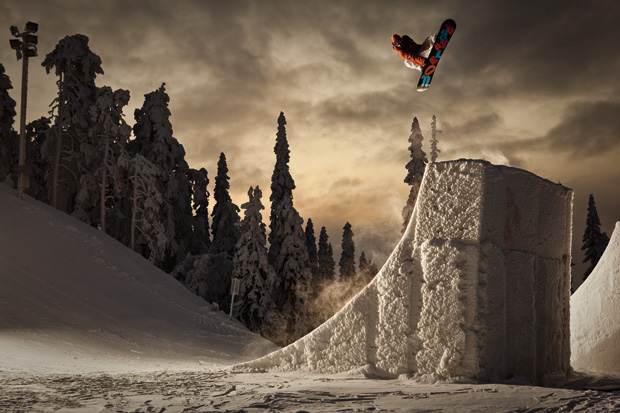
Perhaps in some strange way the adverse weather actually improves their humour. It’s certainly character-forming to step outside for a cigarette early in the morning and find your coffee has turned from scolding hot to disgustingly cold within two minutes. Heading to the nearby supermarket, meanwhile, transforms a simple two-minute mission into a mini adventure as you scramble into five extra layers and prepare to combat temperatures of minus 20 degrees. And although nobody wants to admit it, the lack of sunlight does begin to get to us. However, the local people who have learned to live with such adversities know that spring is “just around the corner”, and that compensates for everything.
As for us, the colours we’ve seen in the sky over the past few days allow us to forget the bulky puffa jackets which have shielded us during every second of our trip. Ruka might not be the first place you think of when planning your next trip, but we’re glad we did, because it has proved to be a very special place. As we leave Lapland – the home of Santa Claus – just one day before Christmas, nobody even remembers their cold feet and numb fingers. Instead, we spend the flight talking warmly about the friendly people, the stunning light and the magical atmosphere, which was a new experience to all of us.
Check out the rest of Lorenz’s stunning photographs in the gallery bellow!

